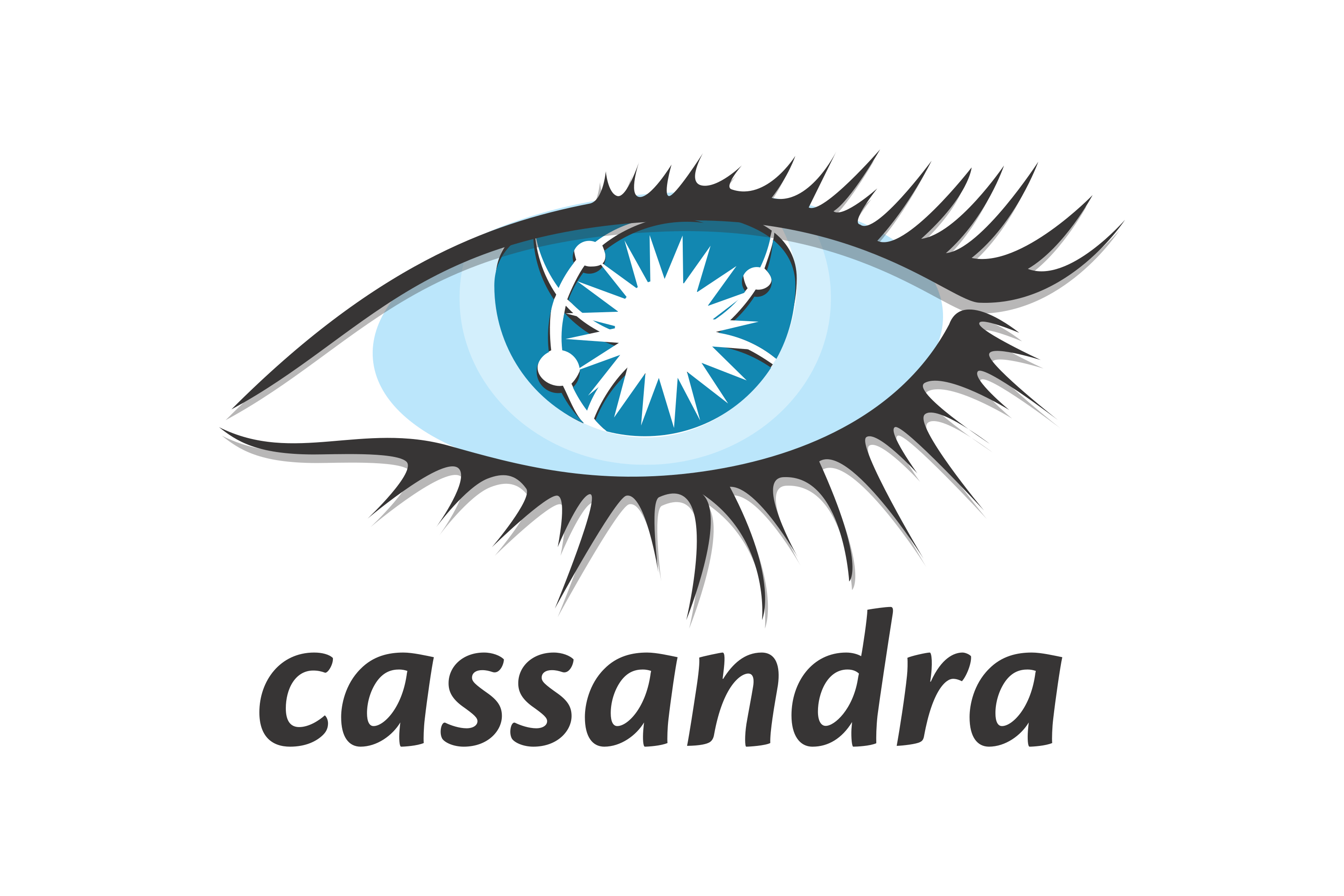Apache Cassandra vs DuckDB
A detailed comparison
Compare Apache Cassandra and DuckDB for time series and OLAP workloads
Learn About Time Series DatabasesChoosing the right database is a critical choice when building any software application. All databases have different strengths and weaknesses when it comes to performance, so deciding which database has the most benefits and the most minor downsides for your specific use case and data model is an important decision. Below you will find an overview of the key concepts, architecture, features, use cases, and pricing models of Apache Cassandra and DuckDB so you can quickly see how they compare against each other.
The primary purpose of this article is to compare how Apache Cassandra and DuckDB perform for workloads involving time series data, not for all possible use cases. Time series data typically presents a unique challenge in terms of database performance. This is due to the high volume of data being written and the query patterns to access that data. This article doesn't intend to make the case for which database is better; it simply provides an overview of each database so you can make an informed decision.
Apache Cassandra vs DuckDB Breakdown
 |
 |
|
| Database Model | Distributed wide-column database |
Columnar database |
| Architecture | Apache Cassandra follows a masterless, peer-to-peer architecture, where each node in the cluster is functionally the same and communicates with other nodes using a gossip protocol. Data is distributed across nodes in the cluster using consistent hashing, and Cassandra supports tunable consistency levels for read and write operations. It can be deployed on-premises, in the cloud, or as a managed service |
DuckDB is intended for use as an embedded database and is primariliy focused on single node performance. |
| License | Apache 2.0 |
MIT |
| Use Cases | High write throughput applications, time series data, messaging systems, recommendation engines, IoT |
Embedded analytics, Data Science, Data processing, ETL pipelines |
| Scalability | Horizontally scalable with support for data partitioning, replication, and linear scalability as nodes are added |
Embedded and single-node focused, with limited support for parallelism |
Looking for the most efficient way to get started?
Whether you are looking for cost savings, lower management overhead, or open source, InfluxDB can help.
Apache Cassandra Overview
Apache Cassandra is a highly scalable, distributed, and decentralized NoSQL database designed to handle large amounts of data across many commodity servers. Originally created by Facebook, Cassandra is now an Apache Software Foundation project. Its primary focus is on providing high availability, fault tolerance, and linear scalability, making it a popular choice for applications with demanding workloads and low-latency requirements.
DuckDB Overview
DuckDB is an in-process SQL OLAP (Online Analytical Processing) database management system. It is designed to be simple, fast, and feature-rich. DuckDB can be used for processing and analyzing tabular datasets, such as CSV or Parquet files. It provides a rich SQL dialect with support for transactions, persistence, extensive SQL queries, and direct querying of Parquet and CSV files. DuckDB is built with a vectorized engine that is optimized for analytics and supports parallel query processing. It is designed to be easy to install and use, with no external dependencies and support for multiple programming languages.
Apache Cassandra for Time Series Data
Cassandra can be used for handling time series data due to its distributed architecture and support for time-based partitioning. Time series data can be efficiently stored and retrieved using partition keys based on time ranges, ensuring quick access to data points.
DuckDB for Time Series Data
DuckDB can be used effectively with time series data. It supports processing and analyzing tabular datasets, which can include time series data stored in CSV or Parquet files. With its optimized analytics engine and support for complex SQL queries, DuckDB can perform aggregations, joins, and other time series analysis operations efficiently. However, it’s important to note that DuckDB is not specifically designed for time series data management and may not have specialized features tailored for time series analysis like some dedicated time series databases.
Apache Cassandra Key Concepts
- Column Family: Similar to a table in a relational database, a column family is a collection of rows, each consisting of a key-value pair.
- Partition Key: A unique identifier used to distribute data across multiple nodes in the cluster, ensuring even distribution and fast data retrieval.
- Replication Factor: The number of copies of data stored across different nodes in the cluster to provide fault tolerance and high availability.
- Consistency Level: A configurable parameter that determines the trade-off between read/write performance and data consistency across the cluster.
DuckDB Key Concepts
- In-process: DuckDB operates in-process, meaning it runs within the same process as the application using it, without the need for a separate server.
- OLAP: DuckDB is an OLAP database, which means it is optimized for analytical query processing.
- Vectorized engine: DuckDB utilizes a vectorized engine that operates on batches of data, improving query performance.
- Transactions: DuckDB supports transactional operations, ensuring the atomicity, consistency, isolation, and durability (ACID) properties of data operations.
- SQL dialect: DuckDB provides a rich SQL dialect with advanced features such as arbitrary and nested correlated subqueries, window functions, collations, and support for complex types like arrays and structs
Apache Cassandra Architecture
Cassandra uses a masterless, peer-to-peer architecture, in which all nodes are equal, and there is no single point of failure. This design ensures high availability and fault tolerance. Cassandra’s data model is a hybrid between a key-value and column-oriented system, where data is partitioned across nodes based on partition keys and stored in column families. Cassandra supports tunable consistency, allowing users to adjust the balance between data consistency and performance based on their specific needs.
DuckDB Architecture
DuckDB follows an in-process architecture, running within the same process as the application. It is a relational table-oriented database management system that supports SQL queries for producing analytical results. DuckDB is built using C++11 and is designed to have no external dependencies. It can be compiled as a single file, making it easy to install and integrate into applications.
Free Time-Series Database Guide
Get a comprehensive review of alternatives and critical requirements for selecting yours.
Apache Cassandra Features
Linear Scalability
Cassandra can scale horizontally, adding nodes to the cluster to accommodate growing workloads and maintain consistent performance.
High Availability
With no single point of failure and support for data replication, Cassandra ensures data is always accessible, even in the event of node failures.
Tunable Consistency
Users can balance between data consistency and performance by adjusting consistency levels based on their application’s requirements.
DuckDB Features
Transactions and Persistence
DuckDB supports transactional operations, ensuring data integrity and durability. It allows for persistent storage of data between sessions.
Extensive SQL Support
DuckDB provides a rich SQL dialect with support for advanced query features, including correlated subqueries, window functions, and complex data types.
Direct Parquet & CSV Querying
DuckDB allows direct querying of Parquet and CSV files, enabling efficient analysis of data stored in these formats.
Fast Analytical Queries
DuckDB is designed to run analytical queries efficiently, thanks to its vectorized engine and optimization for analytics workloads.
Parallel Query Processing
DuckDB can process queries in parallel, taking advantage of multi-core processors to improve query performance.
Apache Cassandra Use Cases
Messaging and Social Media Platforms
Cassandra’s high availability and low-latency make it suitable for messaging and social media applications that require fast, consistent access to user data.
IoT and Distributed Systems
With its ability to handle large amounts of data across distributed nodes, Cassandra is an excellent choice for IoT applications and other distributed systems that generate massive data streams.
E-commerce
Cassandra is a good fit for E-commerce use cases because it has the ability to support things like real-time inventory status and it’s architecture also allows for reduced latency by allowing region specific data to be closer to users.
DuckDB Use Cases
Processing and Storing Tabular Datasets
DuckDB is well-suited for scenarios where you need to process and store tabular datasets, such as data imported from CSV or Parquet files. It provides efficient storage and retrieval mechanisms for working with structured data.
Interactive Data Analysis
DuckDB is ideal for interactive data analysis tasks, particularly when dealing with large tables. It enables you to perform complex operations like joining and aggregating multiple large tables efficiently, allowing for rapid exploration and extraction of insights from your data.
Large Result Set Transfer to Client
When you need to transfer large result sets from the database to the client application, DuckDB can be a suitable choice. Its optimized query processing and efficient data transfer mechanisms enable fast and seamless retrieval of large amounts of data.
Apache Cassandra Pricing Model
Apache Cassandra is an open-source project, and there are no licensing fees associated with its use. However, costs can arise from hardware, hosting, and operational expenses when deploying a self-managed Cassandra cluster. Additionally, several managed Cassandra services, such as DataStax Astra and Amazon Keyspaces, offer different pricing models based on factors like data storage, request throughput, and support.
DuckDB Pricing Model
DuckDB is a free and open-source database management system released under the permissive MIT License. It can be freely used, modified, and distributed without any licensing costs.
Get started with InfluxDB for free
InfluxDB Cloud is the fastest way to start storing and analyzing your time series data.
